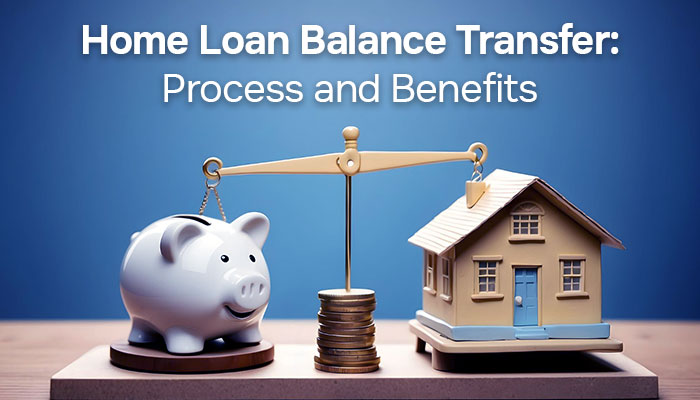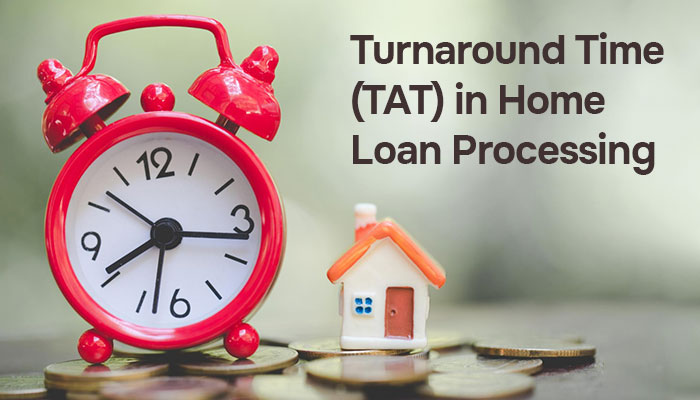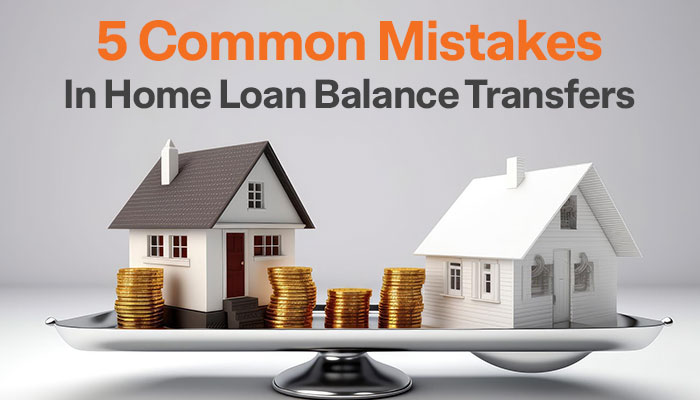The Role of MoD in Your Home Loan: Explained

A mortgage deed plays a pivotal role in securing your home loan and protecting the interests of both the lender and yourself. The lender hands this out at the time of home loan sanction and you have to sign it along with a deposit, called the MoD. Think of it as an assurance for the lender that they have received the title deed of the property being financed and have the right to recover the loan amount or claim the property should you default.
In this guide, we'll delve into all aspects related to MoD in home loans in India so you have more clarity on the charges associated with your home loan.

What is MoD in Home Loan?
The full form of MoD is Memorandum of Deposit. It is a sum that you pay to the lender along with the title deed of your new property in exchange for a home loan. It establishes a lien on the property being financed, offering the lender legal rights to take possession and sell the property in case the borrower defaults on the loan.
When you sign the mortgage deed, you are essentially allowing the lender to share property ownership till you repay the entire loan amount.
Some other important details are:
-
MoD registration charges for a home loan
The creation of the Mortgage Deed adds to the overall charges in a home loan application. The MoD typically ranges from 0.1% to 0.5% of the loan amount. This percentage may vary depending on the lending institution, so be sure to check with them. However, it cannot exceed Rs 25,000, irrespective of the loan you are borrowing.
-
No refunds once paid
The MoD deposit, unfortunately, is not refundable. Unlike some other fees in the home loan process, MoD in home loan charges are a one-time, non-refundable expense. Once you've paid these charges for the creation of the Mortgage Deed, they are not returned to you under any circumstances.
-
Mandatory inclusion
Creating a Mortgage Deed is not optional when taking out a home loan in India. It is a legal requirement that safeguards the interests of the lender, so they can recover their money in case of default.
-
In effect till repayment
The Mortgage Deed remains in effect for the duration of the home loan. Once you've successfully repaid the loan, including principal and interest, the lender will release the lien on your property. This involves obtaining a 'No Objection Certificate' (NOC) from the lender, which signifies full loan repayment and the removal of the mortgage charge from your property's records.

-
One-time payment
MoD charges are a one-time payment. You pay them at the time of creating the Mortgage Deed when you initially secure your home loan. These charges are not recurring expenses, and they are separate from your monthly EMI (Equated Monthly Installment) payments.
Summing Up!
The Mortgage Deed is a legally binding document that serves as security for your loan. With MoD charges being a one-time, non-refundable expense, it's crucial to budget for them alongside other home-buying costs. Ideally, the lender cancels the mortgage deed as soon as you have repaid the whole loan amount. You will be notified upon achieving complete ownership once this is done.
If you are considering a home loan, check out IIFL Home Loans which offers affordable home financing options and flexible terms to make your home-buying journey as hassle-free as possible.
FAQs
1. How is MoD registration for a home loan done?
Registering for a home loan with the Ministry of Defence (MoD) usually involves a legal document that is prepared by a legal expert. This document is then registered with the local Sub-Registrar of Assurances or other relevant authorities to establish a legal charge on the property as collateral for the loan. The loan is approved only after the borrower has signed this document.
2. Do home loan balance transfers also include MoD charges?
Yes, home loan balance transfers also include MoD charges. A balance transfer is essentially closing your loan account with your current lender and starting a new one with a different lender. And every new loan account charges MoD.
3. What are the charges associated with a home loan?
Charges associated with a home loan may include processing fees, stamp duty on loan agreements, registration charges for property documents, and Mortgage Deed (MoD) charges, among others.
4. How is the processing fee of a home loan different from the MoD?
The processing fee of a home loan is charged by the lender for loan processing, while the MoD (Mortgage Deed) fee is a separate charge for legally securing the loan against the property.
Tags
Disclaimer: The information contained in this post is for general information purposes only. IIFL Home Finance Limited (including its associates and affiliates) ("the Company") assumes no liability or responsibility for any errors or omissions in the contents of this post and under no circumstances shall the Company be liable for any damage, loss, injury or disappointment, etc. suffered by any reader. All information in this post is provided "as is", with no guarantee of completeness, accuracy, timeliness, or of the results, etc. obtained from the use of this information, and without warranty of any kind, express or implied, including, but not limited to warranties of performance, merchantability, and fitness for a particular purpose. Given the changing nature of laws, rules, and regulations, there may be delays, omissions, or inaccuracies in the information contained in this post. The information on this post is provided with the understanding that the Company is not herein engaged in rendering legal, accounting, tax, or other professional advice and services. As such, it should not be used as a substitute for consultation with professional accounting, tax, legal or other competent advisers. This post may contain views and opinions which are those of the authors and do not necessarily reflect the official policy or position of any other agency or organization. This post may also contain links to external websites that are not provided or maintained by or in any way affiliated with the Company and the Company does not guarantee the accuracy, relevance, timeliness, or completeness of any information on these external websites. Any/ all (Home/ Loan Against Property/ Secured Business Loan/ Balance Transfer/ Home Improvement Loan/ NRI Home Loan/ Home Loan for Uniformed Services) loan product specifications and information that may be stated in this post are subject to change from time to time, readers are advised to reach out to the Company for current specifications of the said (Home/ Loan Against Property/ Secured Business Loan/ Balance Transfer/ Home Improvement Loan/ NRI Home Loan/ Home Loan for Uniformed Services) loan.
 Login
Login






















